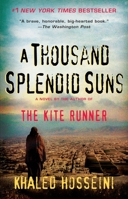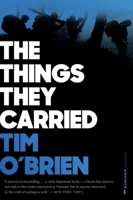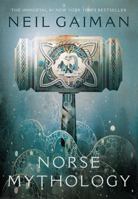Dickmitized: Point of No Return
Select Format
Select Condition 
You Might Also Enjoy
Book Overview
Josiah is a ladies man all day...confident, creative, and handsome. His attitude and mannerisms will draw you in as you read each partof sizzling story.Part 1: The tone is set with the first few words to let you know he means business.Part 2: Josiah is back again, this time he is taking his insatiable appetite for sex a step further by trying to get in between two close friends, literally.Will Ashley go along for the ride or will Keyonna want him all to herself?Part 3: As usual Josiah is up to no good and is willing to do anything and everythingto make sure he is satisfied. Though he was content with the freedoms of exploring various women Josiah makes the decision to find onewoman to explore his sexual appetite with. Will she be the latest pawn in his wicked game of sensual delight proving that she is down for whatever.Part 4: When you're a man like Josiah, how can you be denied? Charming and adventurous, he continues in part four,pushing the envelope emotionally and sexually till he is faced with a situation that rocks his world.DICK MI TIZED/dick-mah-tized/verbThe result of a good piece and it causing you to act uncharacteristically. This description may be from another edition of this product.
Format:Paperback
Language:English
ISBN:1943278199
ISBN13:9781943278190
Release Date:February 2016
Publisher:Firstborn Publications
Length:166 Pages
Weight:0.30 lbs.
Dimensions:0.3" x 5.5" x 8.5"
More by Cindy Davis
Customer Reviews
4 customer ratings | 4 reviews
There are currently no reviews. Be the first to review this work.













![人間失格 [Ningen Shikkaku]](https://i.thriftbooks.com/api/imagehandler/s/ABA9F40F21BC9779AA6CC30143FA1AC19E826D1A.jpeg)


















































